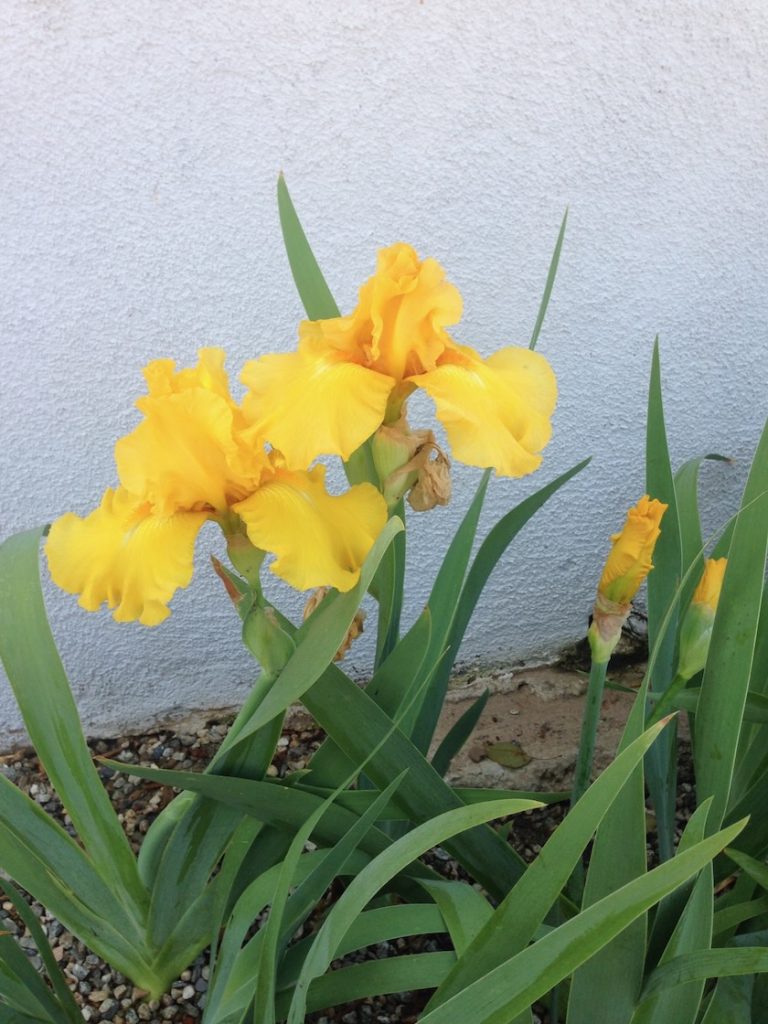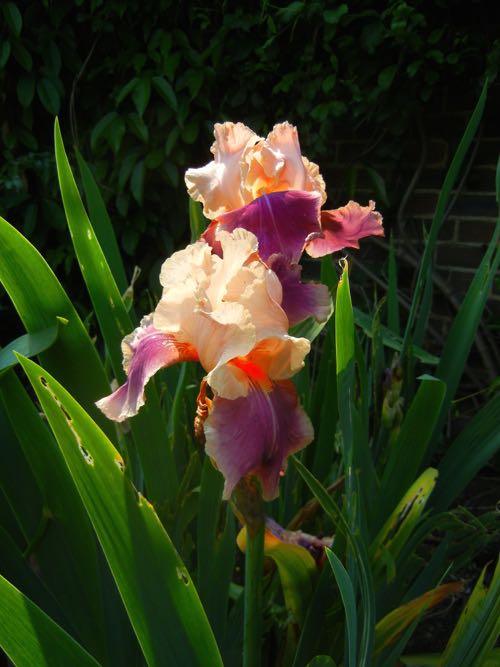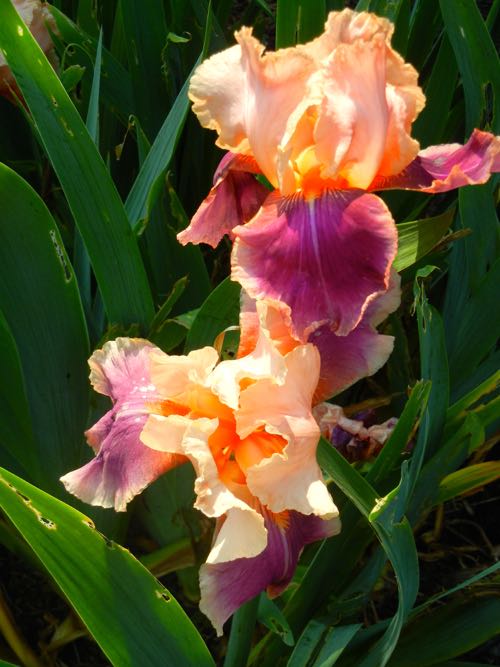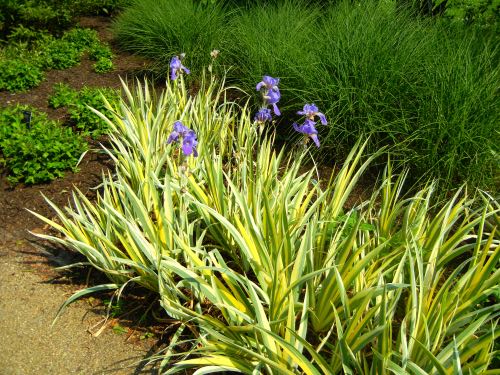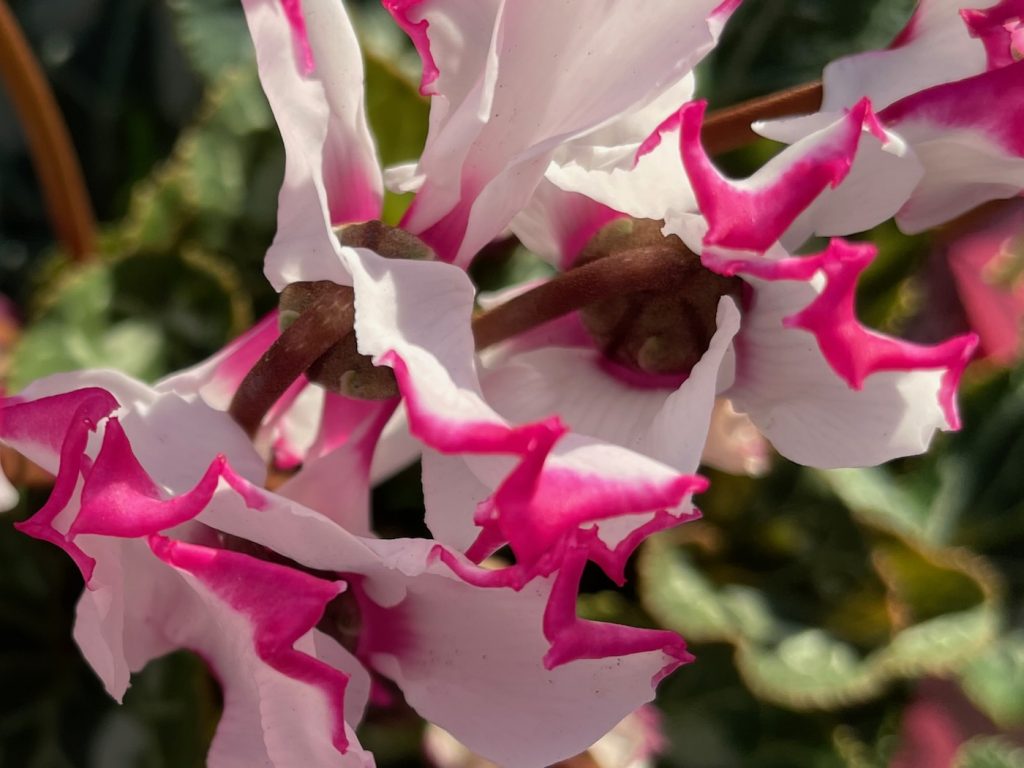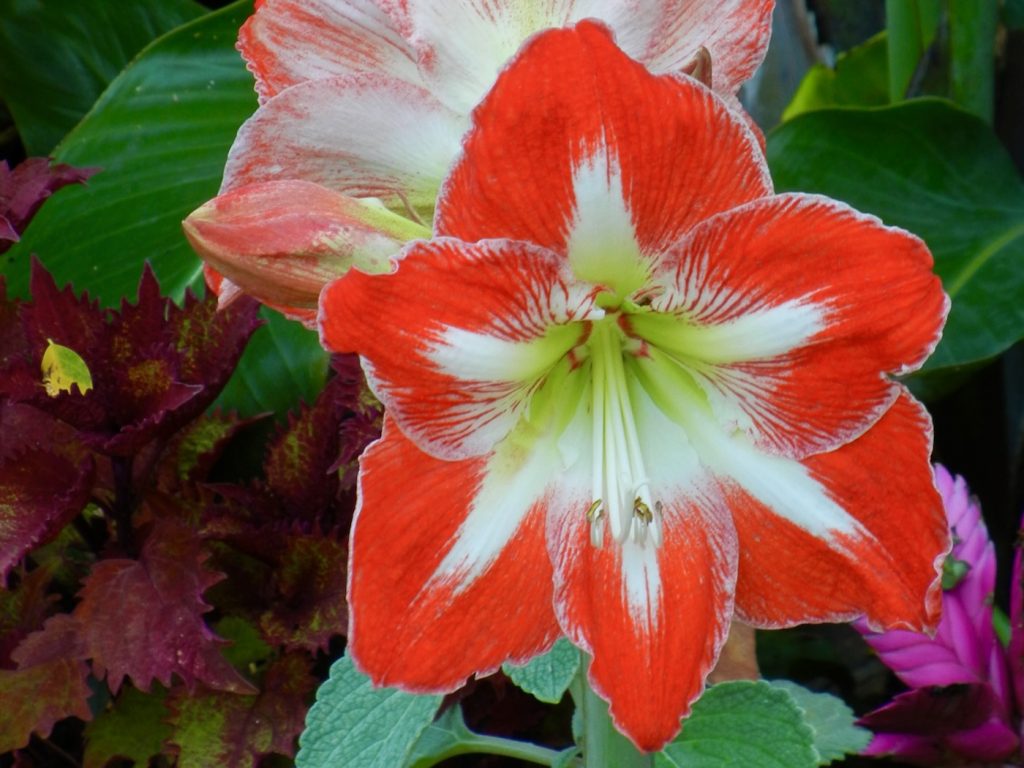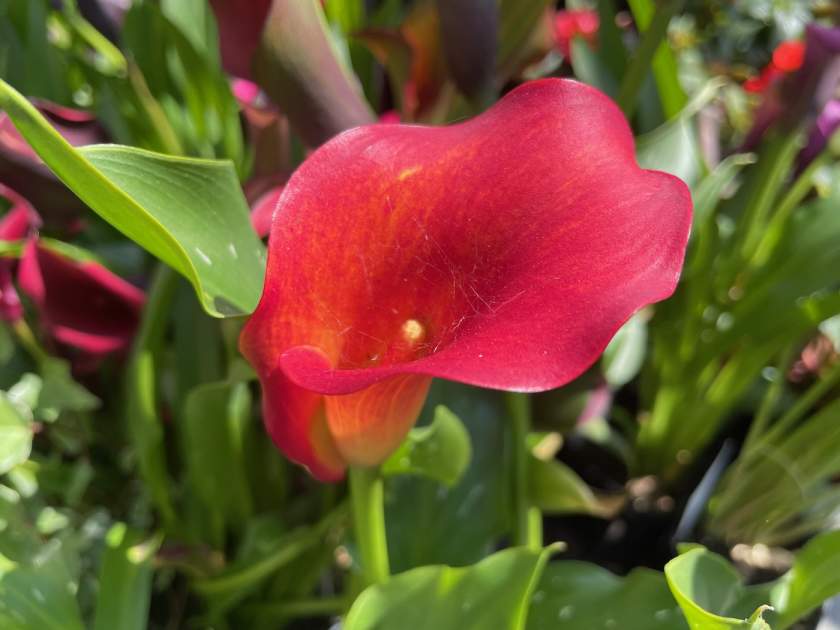Iris is a beloved genus of flowering plants that encompasses over 260 recognized species. The name “Iris” holds both botanical and mythological significance. Derived from Greek mythology, Iris was the goddess of the rainbow, symbolizing the connection between heaven and earth. This name aptly represents the stunning array of colors and hues exhibited by the iris flowers.
Belonging to the Iridaceae family, irises are perennial plants that grow from rhizomes or bulbs, depending on the species. These plants are known for their long, erect stems that rise above the foliage, showcasing their vibrant blooms. The leaves of most iris species are sword-shaped, adding an elegant touch to the overall appearance of the plant.
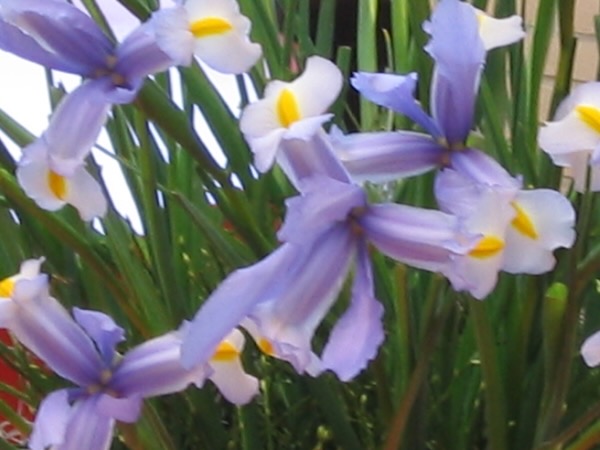
One of the distinct features of iris flowers is their unique floral structure. The flowers consist of three sepals, known as falls, which gracefully droop downward. These falls are often adorned with intricate patterns, spots, or stripes, and they may feature a fuzzy or bearded texture. Standing upright within the falls are three petals, known as standards, which provide a striking contrast and contribute to the iris’s distinctive charm.
The distribution:
The distribution of irises spans various regions of the temperate Northern Hemisphere, including Europe, Asia, and North America. This wide geographic range has resulted in remarkable diversity among iris species. Each species brings its own unique characteristics, such as flower size, color, and pattern, as well as variations in foliage and growth habit. This diversity has led to the development of numerous cultivars and hybrids that have expanded the color palette and overall appeal of the iris family.
Among the most popular and well-known iris varieties are bearded irises (Iris germanica). These larger iris plants, often referred to as bearded irises due to the presence of a fuzzy beard-like structure on the falls, typically bloom in May. They exhibit a wide range of colors, including shades of white, purple, and blue, and their large flowers make stunning cut flowers for floral arrangements. Bearded irises are renowned for their elegance and are sought after by gardeners and iris enthusiasts alike.
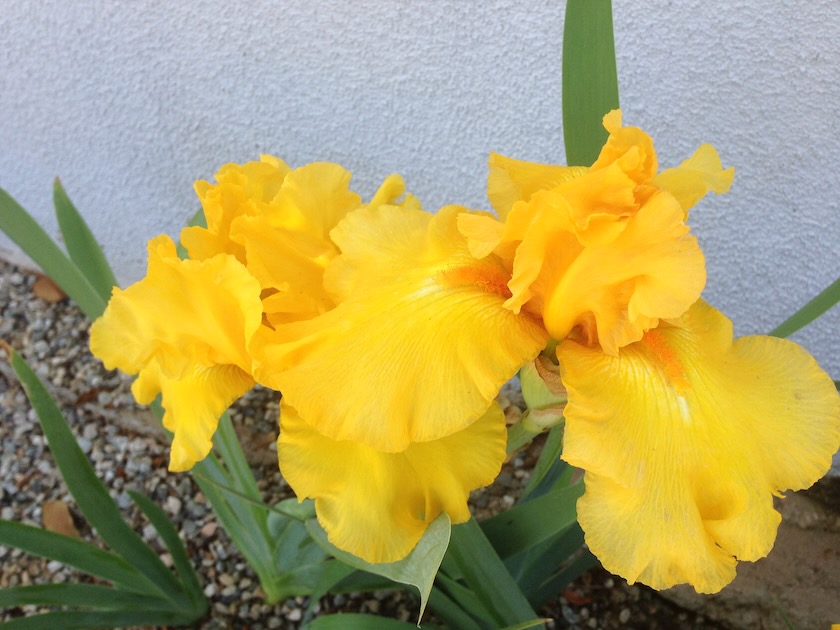
Different Types:
In addition to bearded irises, there are other types of iris species and varieties that offer their own unique characteristics and beauty. This includes Siberian irises (Iris sibirica), Japanese irises (Iris ensata), Dutch irises (Iris x hollandica), and many more. Each type has its specific growth requirements, flower shapes, and colors, providing an endless array of choices for gardeners to enjoy throughout the growing season.
While irises are truly enchanting, one limitation is their relatively short blooming period. Most iris species have a specific flowering window, typically lasting a few weeks, which can vary depending on the specific variety and climate. However, irises have the advantage of being easy to grow and propagate. They can be propagated from tubers or bulbs, which have the ability to multiply over the years. This natural multiplication allows gardeners to expand their iris collection and enjoy their captivating blooms for years to come.
Whether adorning a garden bed, adding color to borders, or creating stunning floral arrangements, irises bring an undeniable charm and elegance to any landscape. From the regal bearded irises to the delicate and graceful Japanese irises, these captivating flowers continue to captivate the hearts of gardeners and flower enthusiasts around the world.
